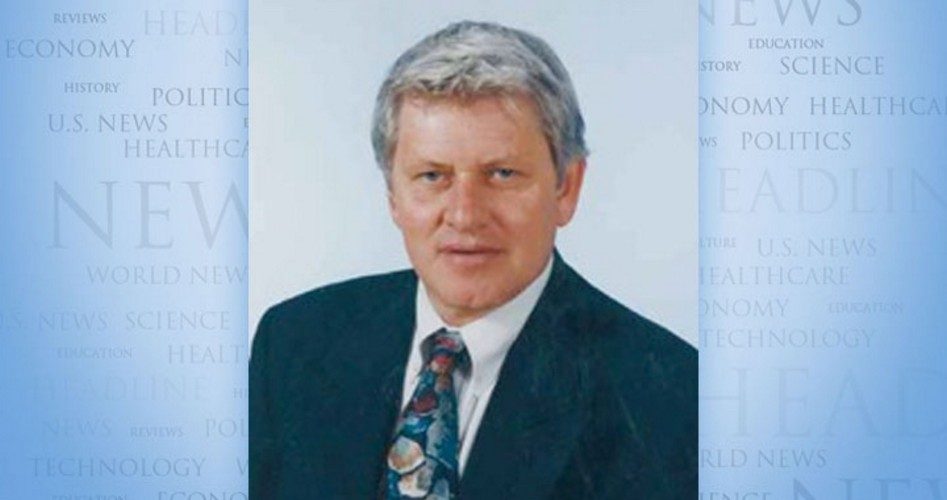
“Well, the liar won!” That’s what half the country will be saying the night of the election or the morning after, no matter who wins, given the current level of political polarization, anger, and mistrust.
It’s probably, in fact, much more than half the population who won’t be in a very celebratory mood about the election results in view of the core political belief that says, and not without an abundance of evidence, “they all lie.”
Some of these folks don’t vote and some only go to the polls to try to stop an even-worse phony from winning. As W. C. Fields said, “Hell, I never vote for anyone, I always vote against.”
In his “Damn Lies and Statistics” recent column, Peter Coy, economics editor at Bloomberg Businessweek magazine, asks this question regarding the misinformation in the presidential campaign and the increasingly toxic nature of American politics: “If the candidates can’t agree on basic facts, what hope does the U.S. have of coming together to fix the economy?”
In the second presidential debate on October 16, here was the exchange on domestic oil production during the Obama presidency:
Obama: “Production is up.”
Romney: “…is down,”
Obama: “No, it isn’t.”
Romney: “Production on government land of oil is down 14 percent.”
Obama: “It’s just not true.”
Romney: “It’s absolutely true.”
This “war over facts reflects a coarsening of American politics,” writes Coy. “Polarization has undermined civility and fair play,” while the two parties have become more adept at “engineering factoids” than developing solutions to the nation’s problems.
Increasingly, Coy warns, we’re a nation of divided and enraged true believers with “partisans on both sides” who “simply can’t believe information that undermines their cause or supports their opponents’.”
Have it totally pounded into your head that Ronald Reagan was a patsy for the rich and a nightmare for the poor and it’s hard to process the fact that unemployment declined from 7.4 percent in December 1980, the final month of Carter’s administration, to an average of 5.4 percent during Reagan’s two terms, a drop of 27 percent.
Both the poverty rate and the number of poor people in America, once Reagan’s economic policies kicked in, declined every year from 1983 to 1989, pushing the poverty rate down by 17 percent from its peak.
Reagan also inherited a 21.5 percent prime rate and double-digit inflation, with the Consumer Price Index rising 11.3 percent in 1979 and 13.5 percent in 1980 — 25 percent in two years, a snowballing of prices that’s the least affordable by those at the bottom, those who are already struggling to buy the basics and unable to cut back on spending when faced with a 25 percent cut in their inflation-adjusted incomes.
Bottom line, more wealth was created in the United States in the 25 years following the enactment of Reagan’s pro-business, deregulatory, pro-incentives, tax-cutting, and pro-growth policies, 1982-2007, than in America’s previous 200 years, with the inflation-adjusted net worth of all U.S. households and businesses more than doubling from $25 trillion to $57 trillion.
That’s big money, big enough for the Soviets to see, even without a shot being fired, that it was time to toss in the towel in the Cold War.
Not bad — prosperity and peace, more jobs, less poverty, less unemployment, more wealth, less misery, and unprecedented long-term economic growth — and less bloodletting in war. So what’s the problem? Why can’t those who are anti-poverty, pro-jobs and anti-war just recognize what works, and what doesn’t?
Ralph R. Reiland is an associate professor of economics and the B. Kenneth Simon professor of free enterprise at Robert Morris University in Pittsburgh.


